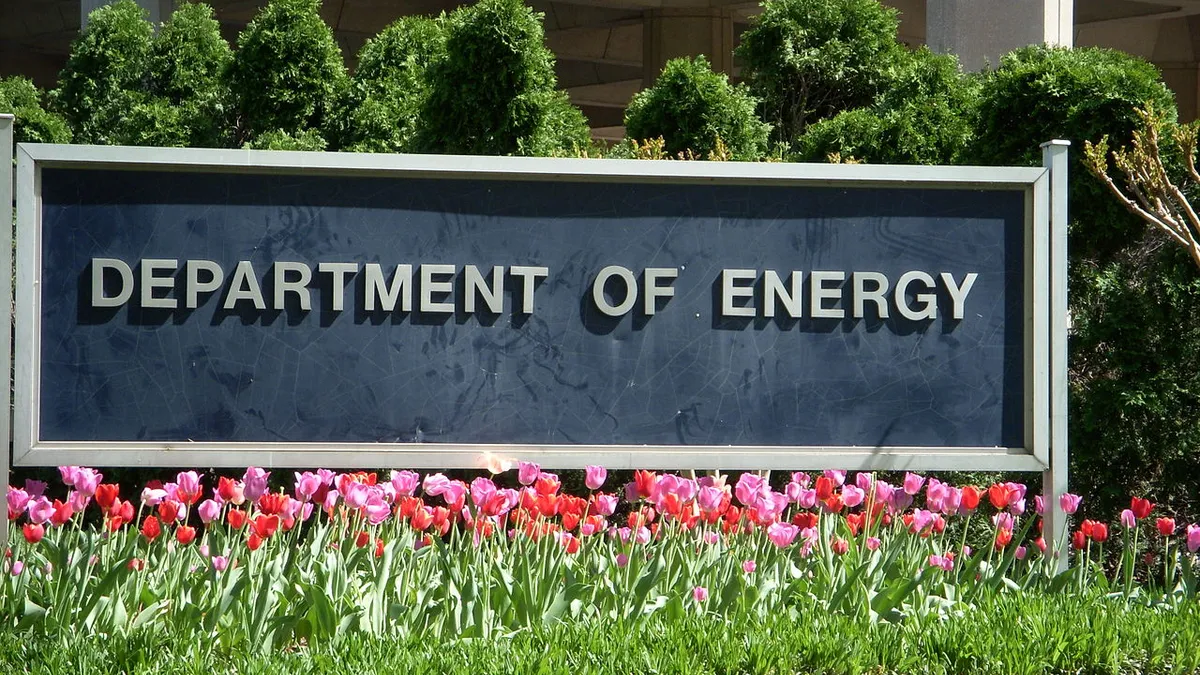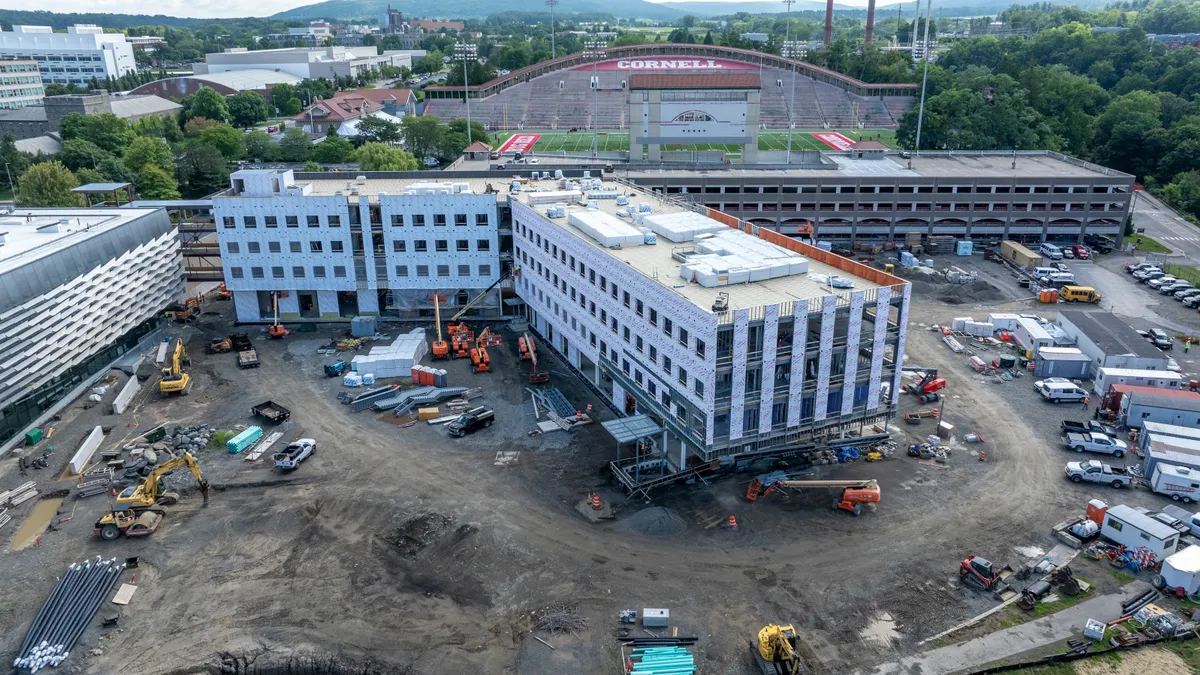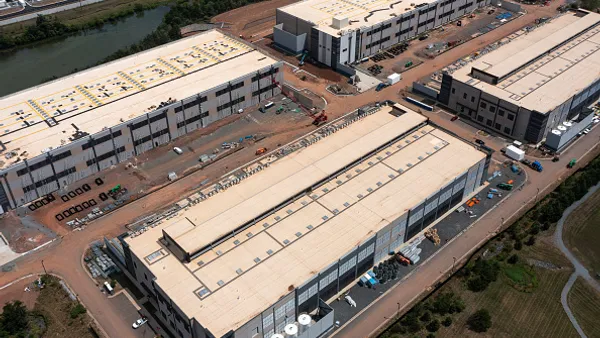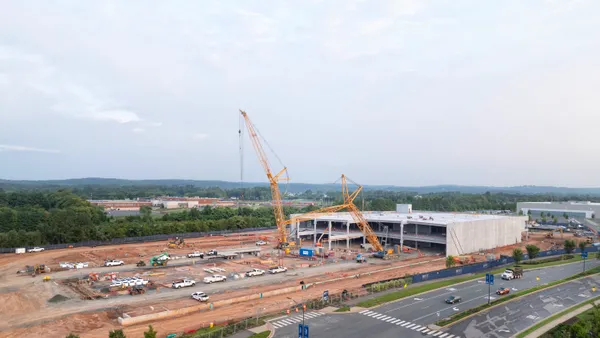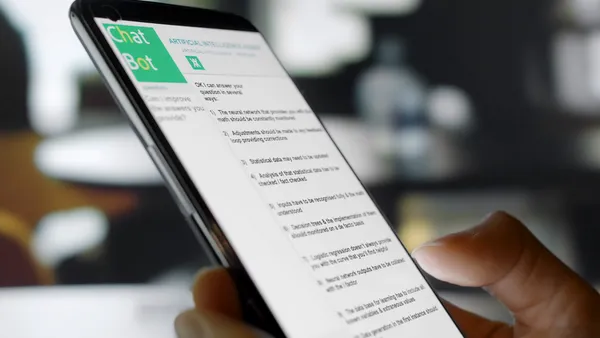Dive Brief:
- The Department of Energy is looking to invest $33.5 million of grant money in new construction technology and advanced building techniques with the the hope of reducing energy usage in commercial and residential buildings.
- The DOE seeks solutions that will allow energy efficiencies after building retrofits, with goals that include a 75% reduction in major loads from HVAC systems. The agency is also interested in construction technologies that can help new buildings achieve a 50% increase in energy efficiency through techniques such as offsite manufacturing, robotics, digitization, automation and improved modeling.
- Grant candidates must submit their concept papers by June 10 in order to be able to submit a full application, which has a deadline of August 12. The agency is holding an informational webinar for the project on May 13.
Dive Insight:
The DOE’s mission is to help address energy challenges in the U.S. through science and technology, and commercial buildings have long been an agency focus. According to the department, commercial buildings use 20% of the country’s power.
In order to achieve maximum energy efficiencies, the agency touts whole building design, which is an integrated approach to design and construction that results in various elements of the building working together in order to realize energy savings.
Some of the energy-related construction considerations in whole building design include using a passive solar approach — i.e. placing certain sizes and types of windows in specific locations — and creating high-performance building envelopes, along with using landscaping for shading.
Buildings using Passive House design concepts are widely considered to be the most energy efficient, focusing on optimization of solar gain, an airtight building envelope and moisture and thermal control through the use of enough insulation to eliminate thermal bridging. Other features include triple-glazed, high-performance windows and heat-recovery ventilation.
An example of a commercial Passive House project in the U.S. is the nearly 16,000-square-foot Rocky Mountain Institute Innovation Center in Basalt, Colorado. The building qualifies as net-zero energy, producing more energy each year than it uses, and is considered the most energy-efficient building in the coldest climate zone in North America. Construction details include a roof and walls built with structurally insulated panels that achieve R67 and R50 respectively; air ventilation units and hyperchair heating rather than mechanical heating and cooling; and exposed concrete slab flooring with R20 insulation.


